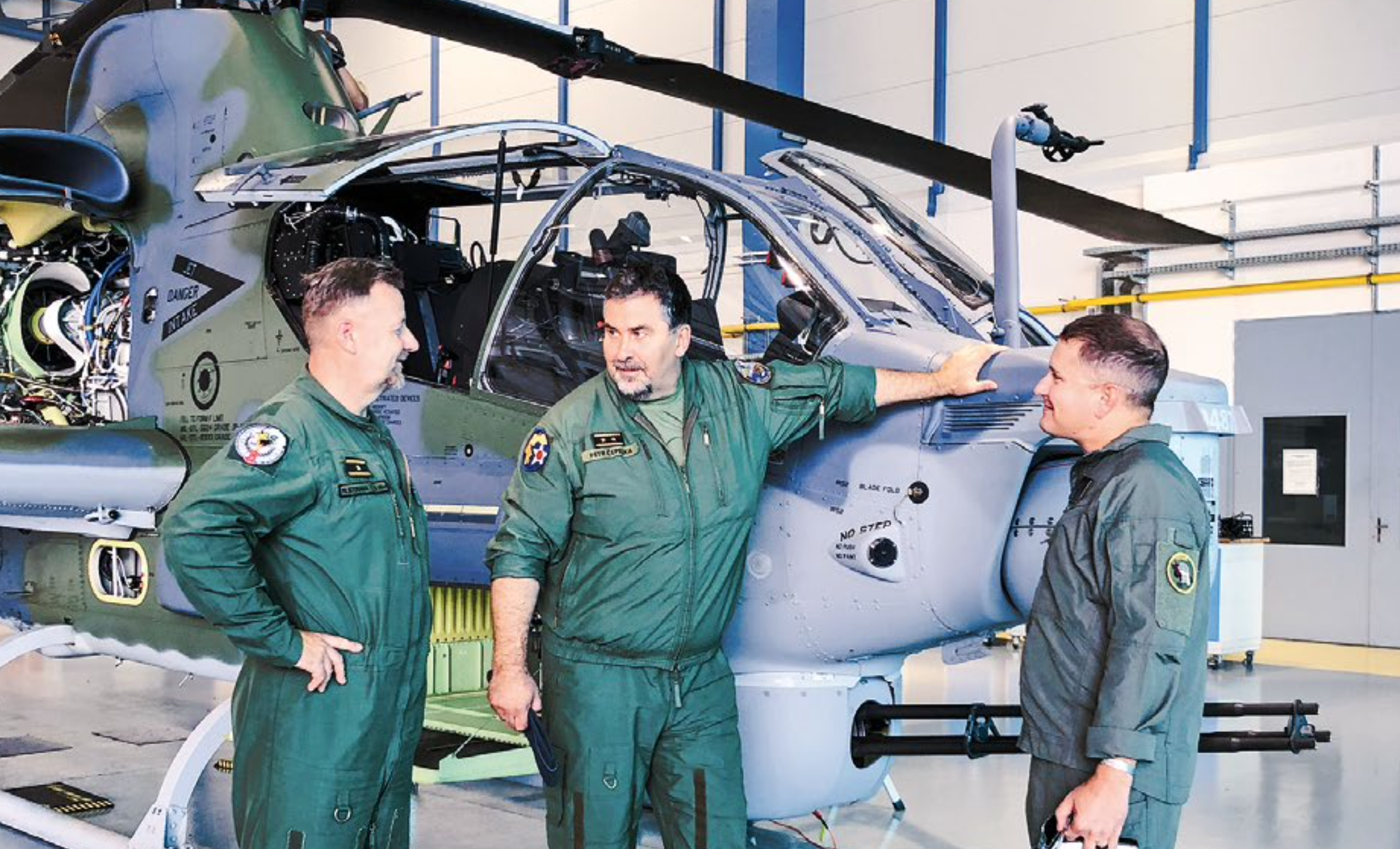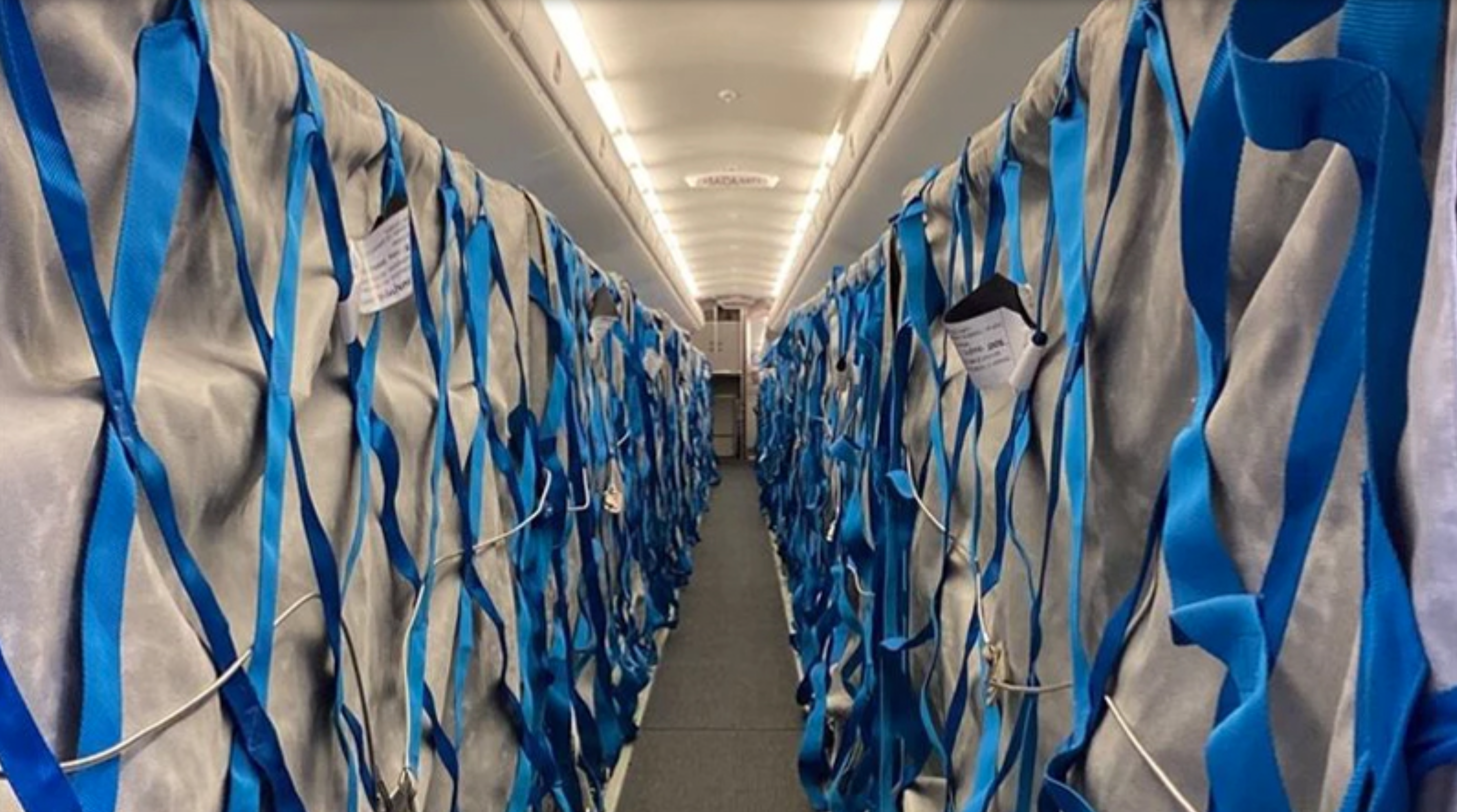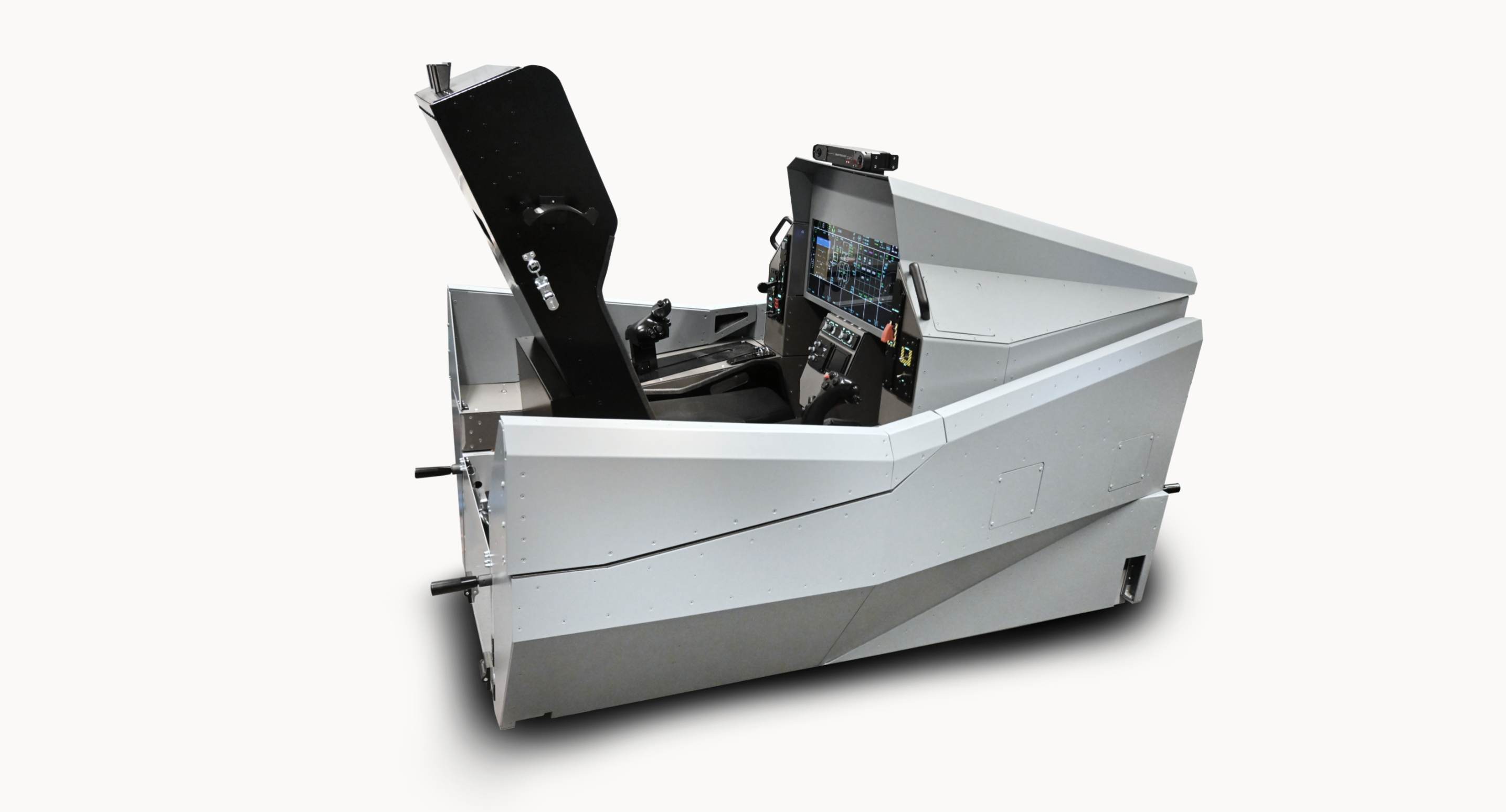Some analysts predict that as many as 3,000 air taxis could be operating globally within five years, a figure that could rise to 12,000 by 2030. Some say that those figures could be conservative. Are these predictions based on reality or are they just wishful thinking? The fact is that the air taxi market is developing with unprecedented speed.
Urban air mobility (UAM) is one of the buzz words of today’s world. Science fiction has teased the idea of flying cars for decades, but in the real world they have been nothing more than a concept. That is beginning to change, as companies around the world begin to look at making personal air travel feasible – using first piloted, and later, autonomous vehicles. Boeing and its competitors such as Airbus are betting that small, self-flying airplanes – technically dubbed electric vertical take-off and landing (eVTOL) – will revolutionize transportation, especially in urban areas. Like others, Boeing believes the vehicles, more commonly referred to as air taxis or flying cars, will be a solution to traffic congestion.
Of course, no one is ready for flying cars quite yet. There’s no infrastructure to support them, and regulations are needed to govern their use (like personal drones, but a thousand times worse). However, this does not prevent the major players as well as numerous start-ups tackling the challenge.
At least 20 companies are developing propositions, including big aerospace manufacturers such as Airbus, which completed its first autonomous air taxi test in 2018, Boeing, which launched a test of its “flying car” prototype earlier this year, and Bell (formerly known as Bell Helicopter), one of the first aircraft manufacturers to team up with Uber in 2017, claiming that its hybrid-electric flying car would be available by the ‘mid-2020s.
German Lilium has just recently unveiled a new five-seater air taxi prototype, following its maiden flight in German skies. And there are others – Google co-founder Larry Page is an investor in Kitty Hawk, a start-up that is testing flying cars in New Zealand. Volocopter, another German company, is testing an aircraft in Singapore and has obtained investment from tech company Intel and carmaker Daimler.

FRONT RUNNER
All the leading manufacturers, as well as smaller newcomers, are putting intensive efforts into speeding up development and opening up the air taxi market sooner rather than later. Most recognise that piloted machines are the inevitable first stage, while autonomous air taxis are still some time away. Let us look at some of the leading players, and the progress they have made so far.
Of all the VTOL taxi projects, Uber’s is the biggest so far. Uber’s had its eyes on air travel as early as 2016, and last year it committed to offering the first tests in Dallas, Los Angeles, and Dubai in 2020. Now the company has just announced Melbourne as a trial city for flying taxi service, starting next year, with commercial operations allegedly to start in 2023. The planned crafts look like a modern miniaturized version of a turboprop plane, but with a key difference: they will take off and land from massive skyports placed throughout the cities they serve. Each plane will be capable of a speed of 150 mph and a range of about 60 miles on non-reserve power with one pilot and four passengers on board, and run completely on electric power using an automated system (although the pilot can take control in case of an issue).
Uber’s expansion is important because it gives us a good idea of the challenges involved in adopting flying cars around the world. For example, personal VTOLs do not function dependably in a city with lots of harsh weather, so Uber is limited to choosing cities with very mild conditions and little rain for safety reasons, as well as cities with the right shape and metro areas for air taxis. Uber also needs real estate partners and friendly governments so it can work through all the associated regulations. Since Uber’s ideal taxis will be electric in nature, the company also needs a very reliable, scalable electrical grid to work with. These requirements add up quickly, and show how much work these flying car entrepreneurs have ahead of them.
NO-TOY APPROACH
Airbus has been looking into developing autonomous flying taxis for some time – its single-passenger Vahana Alpha, for example, an autonomous vertical take-off and landing aircraft has been in development for several years. City Airbus, the namesake company’s unmanned, electric vertical take-off and landing urban air mobility vehicle, made its first flight on 3rd May in Donauwörth, Germany.
The all-electric vehicle runs on four 800-volt batteries that power four sets of paired, counter-rotating props inside aerodynamic ducts fixed to the fuselage. It was designed for and dedicated to operating in urban environments. Each prop is 2.8 meters in diameter and the ducts surround them. Nominal operational thrust should require around 950 rpm and around 1,000 rpm should be enough for take-off.
The recent flight consisted of a tethered “jump” conducted at the Airbus flight test facility in Donauwörth, company spokesperson Guillaume Steuer said in an email. “This was meant to further assess the performance of the propulsion and flight control systems, as well as a few other data points,” he wrote. “The demonstration program will now move to Manching where opening up of the flight envelope will be carried out in a restricted airspace.”
Airbus is taking a “no-toy approach” that calls for rapid development and construction of an air vehicle to prove the concept. The company has not ruled out including a pilot on board an operational air taxi for certification and market-entry purposes, but the aircraft is designed for fully autonomous flight once regulations are established.

TOWARDS AUTONOMOUS VEHICLES
Boeing, the world’s largest aerospace company, completed the first flight of its autonomous air taxi earlier this year. Boeing is hailing the achievement as a milestone for its NeXt division, which develops autonomous airplanes. Powered by an electric propulsion system, the prototype is designed for fully autonomous flight from take-off to landing, with a range of up to 80 km. Measuring 9.14 meters long and some 8.6 meters wide, its airframe integrates the propulsion and wing systems to achieve efficient hover and forward flight.
Boeing executives are convinced they are on the right path to developing on-demand autonomous air taxis. “In one year we have progressed from a conceptual design to a flying prototype,” Boeing Chief Technology Officer Greg Hyslop said in a statement.
“Boeing’s expertise and innovation have been critical in developing aviation as the world’s safest and most efficient form of transportation, and we will continue to lead with a safe, innovative, and responsible approach to new mobility solutions.”
However, the company is in a race not just with traditional aviation manufacturers but also with tech firms and start-ups. Textron subsidiary Bell, which has a long history of building helicopters, is also working on small unmanned aircraft that will, in theory, shuttle people short distances in cities. Boeing and Bell are partnering with Uber as it maps out plans for an air taxi service called Uber Air.
AFFORDABLE AND ACCESSIBLE
One of the relatively new players is Munich-based Lilium, co-founded in 2015 by four engineering students, that is developing vertical take-off and landing jets for a fleet of flying taxis that will allegedly be as easy to book as an Uber car.
Nothing like the Lilium Jet has ever existed before. Its iconic design and pioneering technology bring the vision of fully-electric transition flight to reality. Its revolutionary electric jet significantly differs from its rivals. The egg-shaped aircraft’s 36 small turbofan engines angle downwards to lift it vertically off the ground, then swivel to a horizontal position so that it flies like a conventional aeroplane. This uses less power than many competitor models, which function more like hovercraft.
The design gives Lilium’s jet a longer range. It can fly for an hour on a single charge, covering about 300km, though at a maximum speed of 300kph, it is significantly slower than a commercial airliner. Powered by a battery pack similar to those used in electric cars, the jet is relatively quiet, generating about the same noise as a truck during take-off and landing. This would allow it to operate in cities where helicopters, for example, would be unsuitable.
“We’re not intending to make it a luxury product that only the rich can afford. We want to make it a service that everyone can use,” says Remo Gerber, Lilium’s chief commercial officer. “It has to be affordable — it shouldn’t be just for the select few. We want it to be truly accessible.”
Alongside designing and manufacturing a new type of jet, Lilium plans to launch a fully vertical “air taxi” service by 2025, which will require consumer-facing “hailing” apps and sophisticated software for fleet management, including maintenance, and scheduling flights on-demand. However, that system also will need to integrate with existing air traffic control regulations and systems, none of which is trivial, to say the least.

ENVIRONMENTALLY SOUND
Another start-up, joining the long list of companies developing flying cars, is Alaka’i Technologies. The company is launching a new craft called the Skai, and like many competitors, Alaka’i plans to use its vehicle as a flying taxi or delivery van. What sets the Skai apart is its power source: hydrogen fuel cells.
“It’s the cleanest form of energy available on the planet,” said Alaka’i board member Dr Bruce Holmes, adding that although many competitor designs use batteries, Alaka’i believes it can achieve a lower environmental impact and better performance from fuel cells. Fuel cells have much greater energy density than batteries, he said, meaning they can store more energy in a given volume. That allows for a reduction in weight without sacrificing operating range. “The Skai’s fuel cells are also 99% recyclable, don’t use the rare-earth metals found in lithium-ion batteries, and have a decades-long lifespan. Refuelling is also quicker than recharging a battery pack, at under 10 minutes.”
The Skai’s fuel cells provide power to electric motors that turn six rotors. That setup gives the Skai the appearance of a giant drone, which is appropriate, as Alaka’i plans to develop an autonomous version after launching the initial human-piloted model.
SHAPING THE ECO-SYSTEM
The German start-up Volocopter, developing its own air taxi prototypes, is another rising force to be reckoned with. The Volocopter is based on drone technology and the batteries will be swapped out by robots before continuing each journey. It aims to carry 100,000 passengers per hour across the world within the next 10 years. Volocopter, which has raised over $30 million from such big names as Intel and Daimler, has announced the next step in its mission to push its electric take-off and landing vehicles into the public arena.
The German start-up, which was founded in 2012, has partnered with U.K. based Skysports and design agency Brandlab to create a prototype landing hub to trial its airborne taxi and showcase what the broader service will look like.
“Receiving the commercial licence for air taxi aircraft is a question of when, not if,” noted Volocopter co-founder Alex Zosel. “We are thus focusing on shaping the necessary ecosystem around UAM including air traffic management, city regulation, and the take-off and landing infrastructure. Once regulation comes through on the aviation and city level — and this will be sooner than most think — we will be ready to take off.”
Moreover, although this is apparently a joint project between Skyports and Volocopter, it will also accommodate other eVTOL companies — though it’s not clear what commercial arrangements will be made.
UNLOCKING THE POTENTIAL
Attractive as the idea of urban air mobility may seem, many hurdles remain – regulation, for example. The first aircraft Lilium is creating will be flown by human pilots, although the long-term plan is to operate self-flying jets. The company is hoping the human-piloted jets can be classified as light aircraft, making obtaining permission to fly relatively straightforward.
Permission for unmanned flight is a different matter, and would require new regulation from bodies such as the US Federal Aviation Administration and the European Aviation Safety Agency. Discussions on how flying cars would share public airspace have yet to begin. Countries with a traditional airline background will find it hard to move forward in letting small drones populate their busy skies. The other question is when passengers will be ready to board an unmanned vehicle.
So when can we expect these flying machines to go from test flights to carrying people for short flights? Uber is targeting a launch of Uber Air by 2023. Others who have studied the fledgling industry believe it may take much longer for the Agencies to sign off on air taxis flying around cities.
The winners in this exciting new market will be the ones who approach its complex, interdisciplinary needs in close collaboration. Manufacturers, operators, infrastructure providers and regulatory authorities need to develop a kind of urban air mobility eco-system, as “going it alone” will not be an option for any of the players. This will be yet another case of the well proven wisdom of “Together we stand, divided we fall.”
Text: Romana Moares
Photos by: Airbus, Boeing, Lilium










